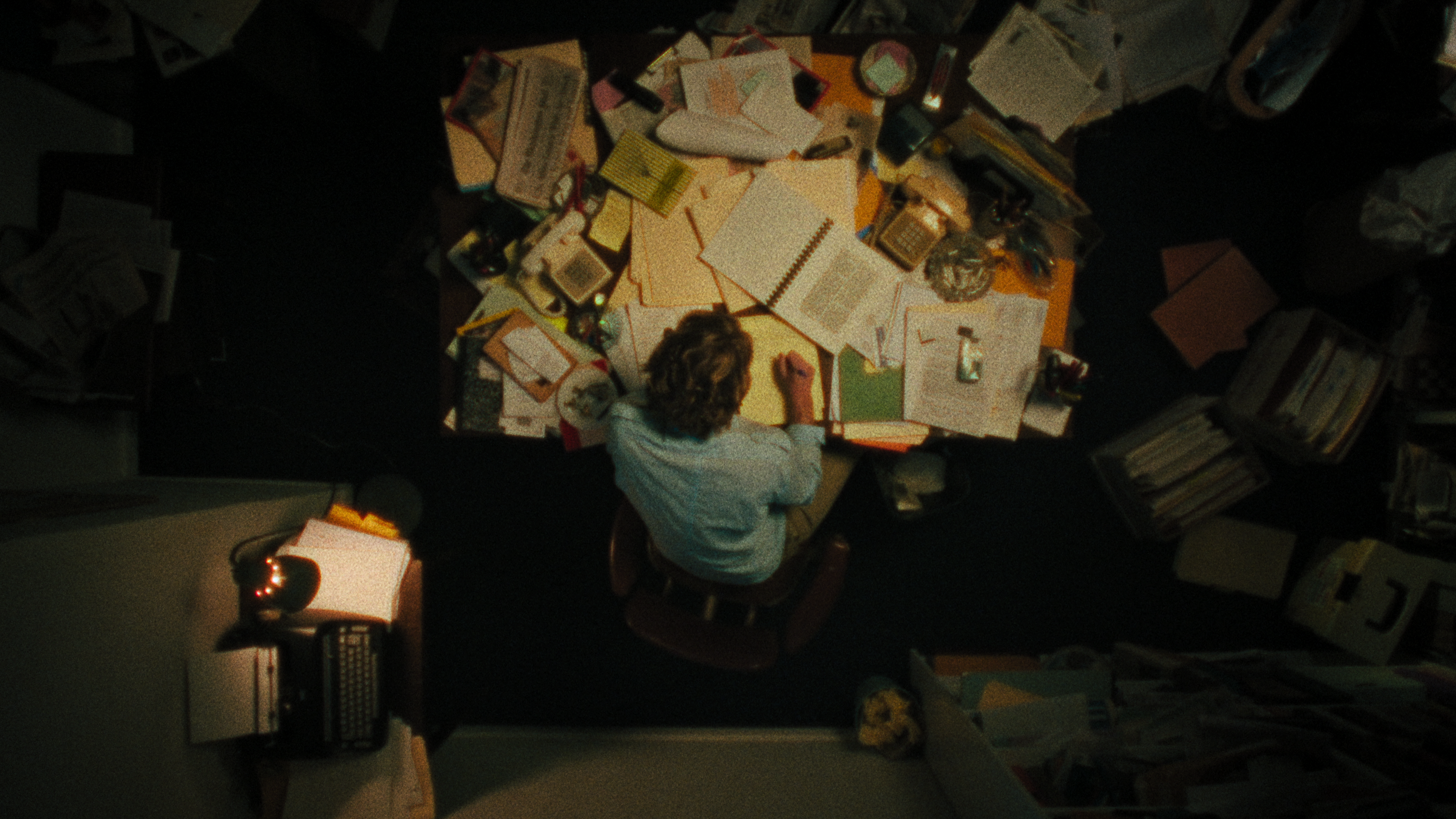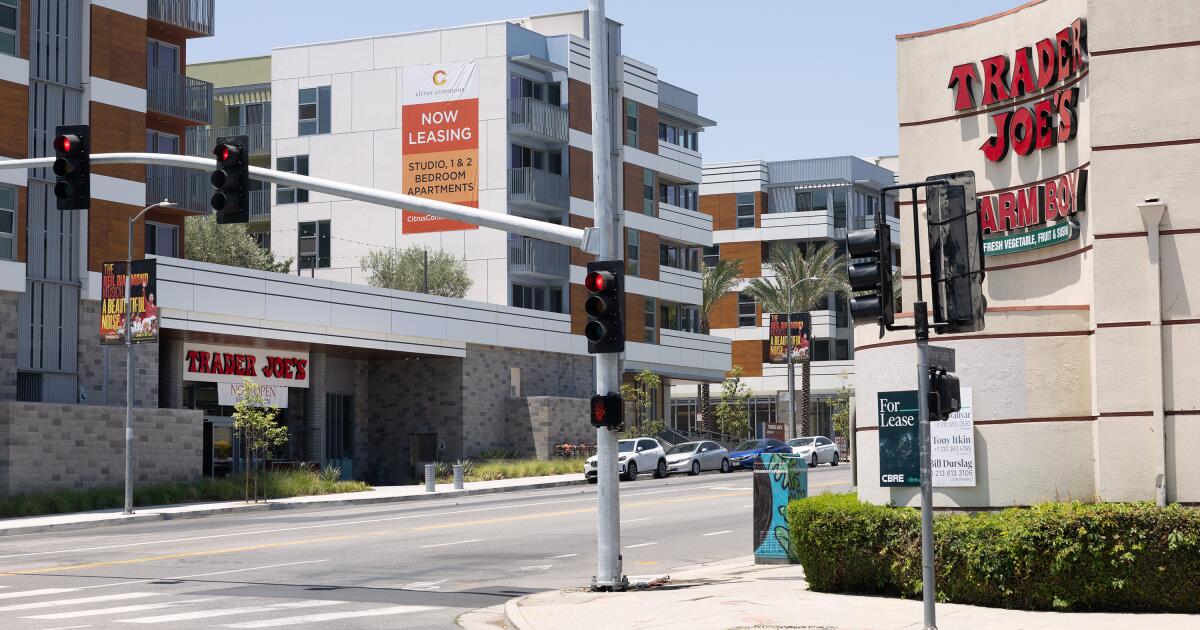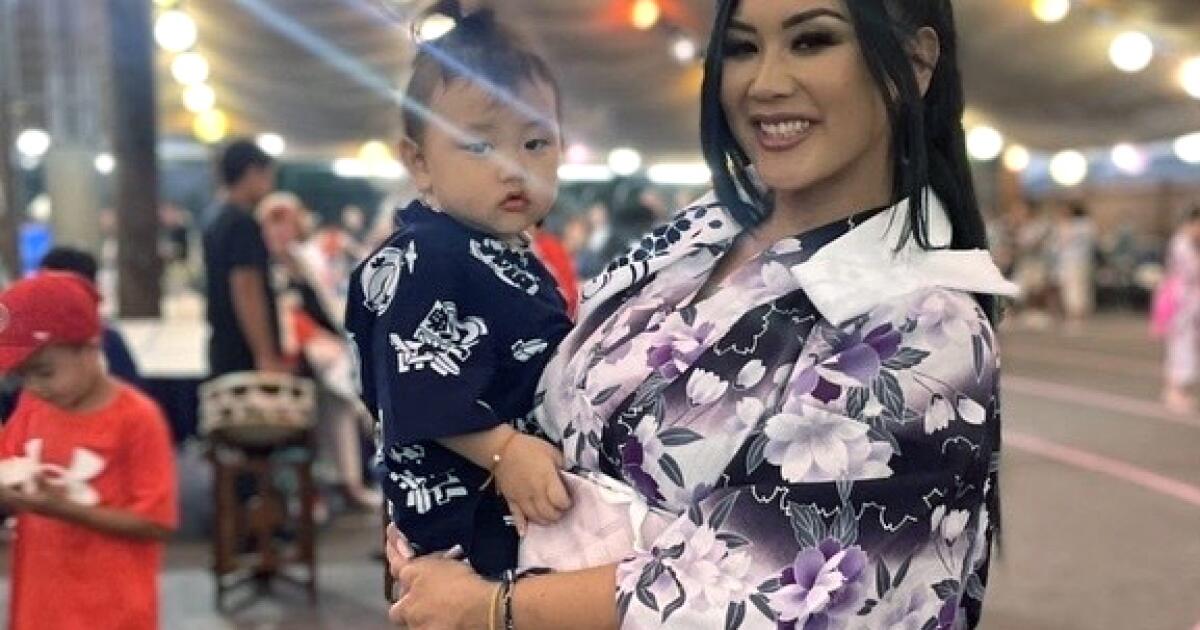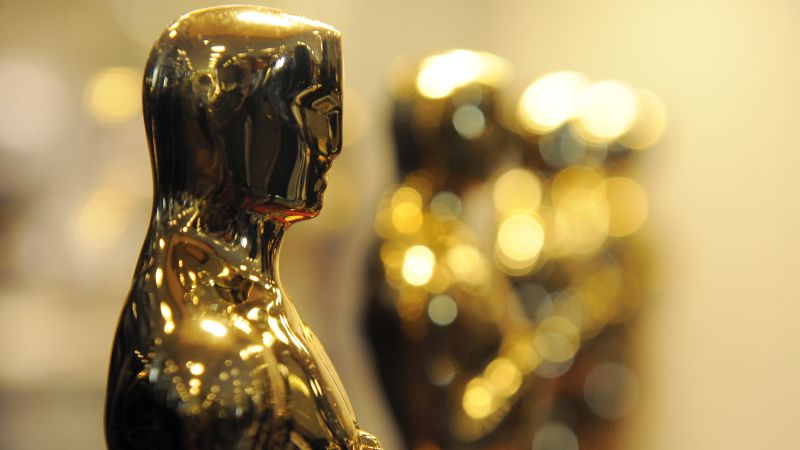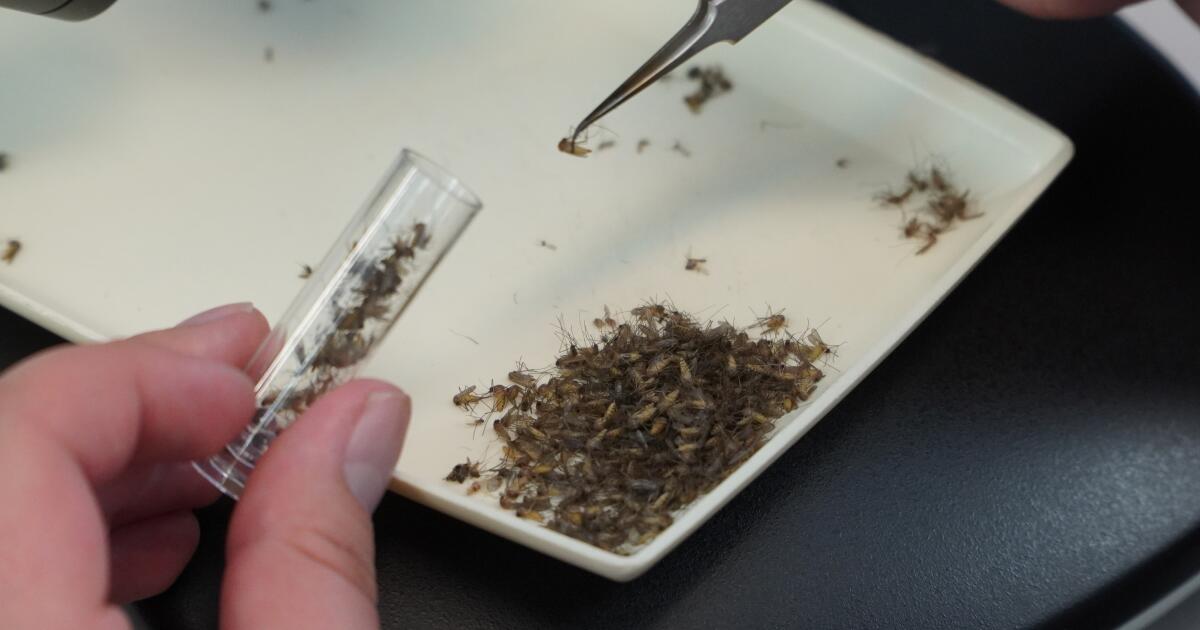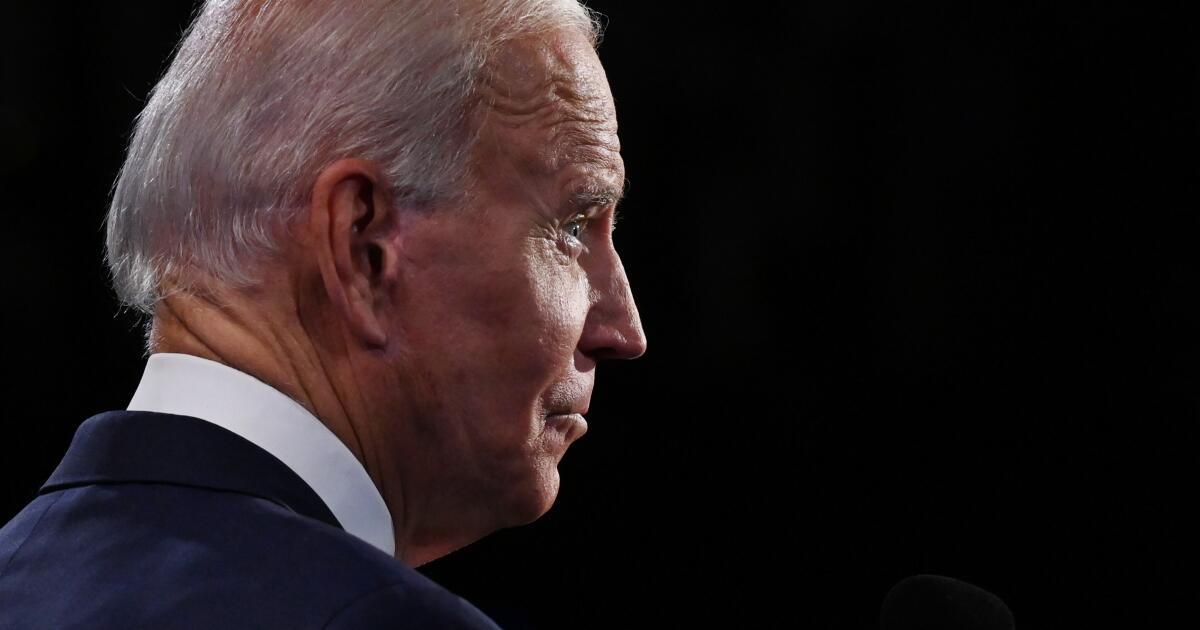About three weeks before he was found with 12 cuts between his wrists in the bathtub of a West Virginia hotel room, journalist Danny Casolaro told his brother that “if an accident happens, it's not an accident,” according to a new documentary.
Casolaro had spent years entangled in his investigation of an international cabal he called “El Pulpo,” a thick web of conspiracies that, he told his book's potential publishers, would be “the most explosive investigative story of the 20th century.” , according to Netflix. Documentary series “American Conspiracy: The Octopus Murders.”
On August 10, 1991, housekeeping staff at the Sheraton Hotel in Martinsburg, West Virginia, found Casolaro in a bloody bathtub with her wrists cut. He told friends and family that he had traveled there to interview a crucial source for his next book.
Tommy Casolaro, the journalist's brother, received news the next day that Casolaro, 44, had died and that police ruled it a suicide.
CONVICTIONS FOR MURDERING OF MENÉNDEZ FAMILY IN DANGER AFTER NEW LETTER, ABUSE CLAIM STRENGTHENS BROTHERS' DEFENSE
Casolaro was experiencing financial difficulties at the time of his death and wrote to his agent that “in September, [he would] be staring into the face of an oncoming train.” Regardless, whether Casolaro took his own life has been a heated debate since his death, according to the Washington Post.
“In my six years as a doctor, I have never seen anyone cut his wrists so many times: the left arm looks like it had eight cuts and the right arm looked like it had four cuts. It just didn't look like he physically could have done that,” he said. to the documentary filmmakers Don Shirley, a firefighter who responded to the scene.
“These were deep cuts… to the point where the tendons were severed… If you cut your tendons, you can't hold something. Those are simple facts,” Shirley continued.
Casolaro, who covered Watergate in the 1970s and wrote for a technology publication he owned called “Computer Daily” at the time, began the investigation that would consume the rest of his life when he was assigned to investigate Inslaw.
The technology company that went bankrupt after creating a novel software called PROMIS (short for Prosecutor's Management Information System) for the United States Department of Justice.
For the first time, the software made it possible to search for case information in a computer database. In 1986, the Justice Department was accused of intentionally bankrupting the software's parent company “through deceit, fraud and deceit” by withholding payment, former Attorney General Elliot Richardson said at the time.
This is how AI will empower citizens and improve freedom
Danny Casolaro (right) was working on a book “about a handful of people who have been able to successfully exploit the secret empires of spy networks, Big Oil and organized crime,” he told editors. He was found dead with cut wounds to his wrists in a hotel room on August 10, 1991, at the age of 44. (Netflix)
In light of the PROMIS investigation, Richardson said then-President Reagan's Justice Department was up to something “much dirtier than Watergate.”
Inslaw founder Bill Hamilton, who became a driving source in the Casolaro investigation, alleged in court that the Justice Department dodged payments for the software to intentionally sink the company, so owner Earl Brian of competing computer corporation Hadron and former director of the California Department of Health. Care Services, when Reagan was governor of California, was able to take control of its assets.
Additionally, Hamilton claimed that Brian had called before the company filed for bankruptcy to buy Inslaw, saying that “he had a way of making [Hamilton] sell” when he refused.
STREAM MORE, PAY LESS BY REDUCING YOUR MONTHLY STREAMING COSTS

“American Conspiracy: The Octopus Murders” follows Christian Hansen's attempts to retrace Danny Casolaro's investigative steps to finish his book and, he hopes, provide more information about his mysterious death. (Netflix)
Inslaw would later win a case against the Department of Justice for stealing his software in 1998, alleging that the government intentionally stole his software and distributed it illegally, but the case was overturned on appeal.
One theory, a component of Casolaro's so-called Octopus, is that the Justice Department sold the software overseas to illegally spy on the agencies that purchased it.
From there, Casolaro began uncovering prospect theory after prospect theory from interviews with his many furtive contacts.
As Casolaro's family publicly disputed the suicide designation, citing the increasing number of threatening phone calls Casolaro received and the sensitive nature of his work, news anchors and reporters widely speculated about his death. However, as the years passed, the case became frozen.
'LOVER, STALKER, KILLER' EXPOSES A WOMAN'S ELABORATE PLOT TO ELIMINATE A ROMANTIC RIVAL
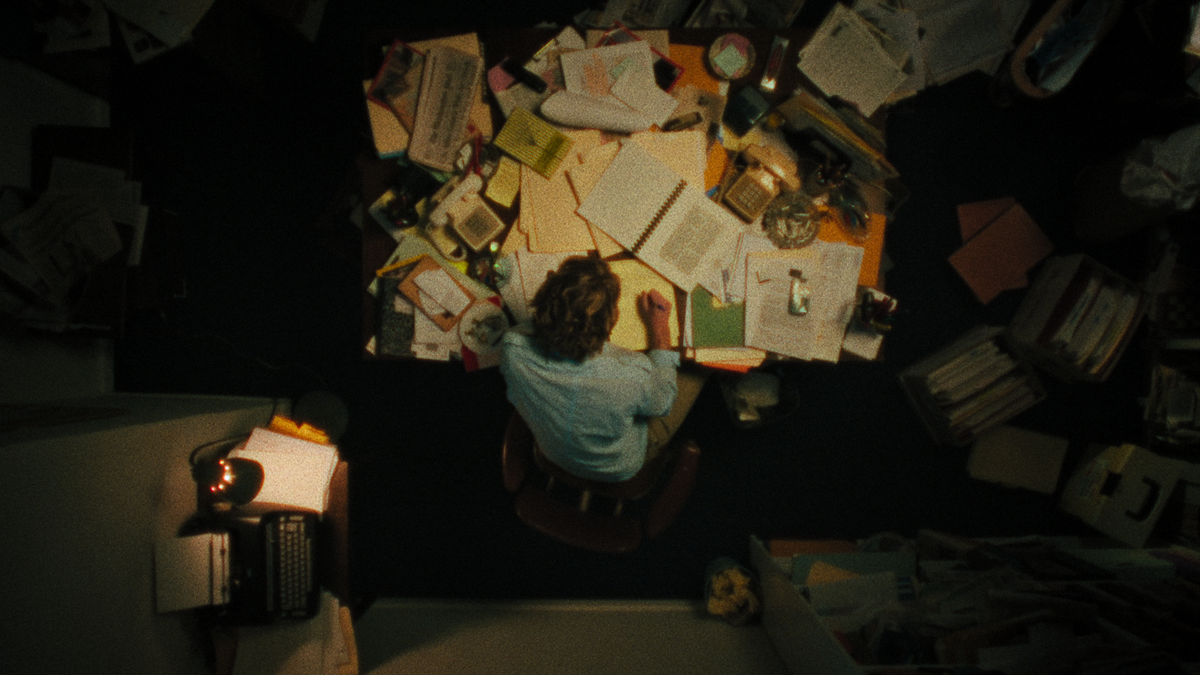
In his 10 years of investigating “The Octopus,” Christian Hansen increasingly resembles the man whose investigation he is trying to unravel. (Netflix)
However, 10 years ago, generating the Netflix documentary, journalist Christian Hansen became fascinated with the case and decided to finish Casolaro's book in an effort to learn how he died.
Zachary Treitz, Hansen's childhood friend and director of the four-part Netflix series, dove into the investigation, worried about his obsessed friend, but also to discover if he had discovered something.
In his research, shown by calls to Casolaro's often cryptic sources and pages and pages of arranged documents, Hansen came to remember Casolaro; To make things even stranger, the dead journalist's old friend, Ann Klenk, commented that the men even looked alike.
Casolaro's expansive theory is supported by a strange cast of prominent government officials and their affiliates and their ties to a criminal world. Among them are alleged serial killer and government agent Philip Arthur Thompson, globetrotter John Philip Nichols, potential spy Robert Booth Nichols, and noted technology wizard Michael Riconosciuto.

Tommy Casolaro told the filmmakers that about three weeks before his brother's death, he told him that “if an accident happens, it's not an accident.” (Netflix)
The Iran-Contra affair and the 1991 collapse of the International Bank of Credit and Commerce – a financial institution that Casolaro claims made the network of schemes possible – were linked to the broad conspiracy.
So is a secret government weapons factory on the Cabazon Indian Reservation in Indio, California. Tribal official Alfred Alvarez and his friends Patricia Castro and Ralph Boger were allegedly murdered by Cabazon casino security chief Jimmy Hughes at the behest of Nichols, the tribe's non-Indian financial consultant, when he asked too many questions about where the man was going. casino money.
Hughes faced felony charges that were later dropped. Nichols was later jailed for the plot, according to the documentary and local media.
Hansen and Treitz are hesitant about how much they believe the theories spread by Casolaro's informants, like Riconosciuto, whom the pair interviewed after he was released from a decades-long prison sentence on 10 criminal charges related to methamphetamine and methadone.
Riconosciuto was jailed just eight days after submitting an affidavit to the House Judiciary Committee supporting Inslaw's claims, saying he worked under Brian's direction regarding the software. He said his arrest was retaliation despite drug charges he had earlier in his life.

Director Zachary Treitz, left, with Christian Hansen, joins his friend to connect with Danny Casolaro's past sources.
Ultimately, the couple discovered new details about the case that were never revealed to the public after Martinsburg police granted Hansen's 2013 public records request.
Among the paper documents in an evidence box were statements from another woman at Casolaro's hotel, claiming she saw a dark-haired man enter blonde Casolaro's room on the night of his death. This detail was not previously included in news coverage, or even in FBI files on the controversial case.
The filmmakers surmise, based on the circumstances and a composite sketch, that Joseph Cuellar, a former military intelligence officer who spoke to Casolaro about his theories in a restaurant weeks before his death, may have been the second man in the room.
Treitz told the Mirror that he had been “obsessed” since he and Hansen made the connection; In the documentary, Cuellar's son said his father specialized in “psychological warfare” and detailed his skills.
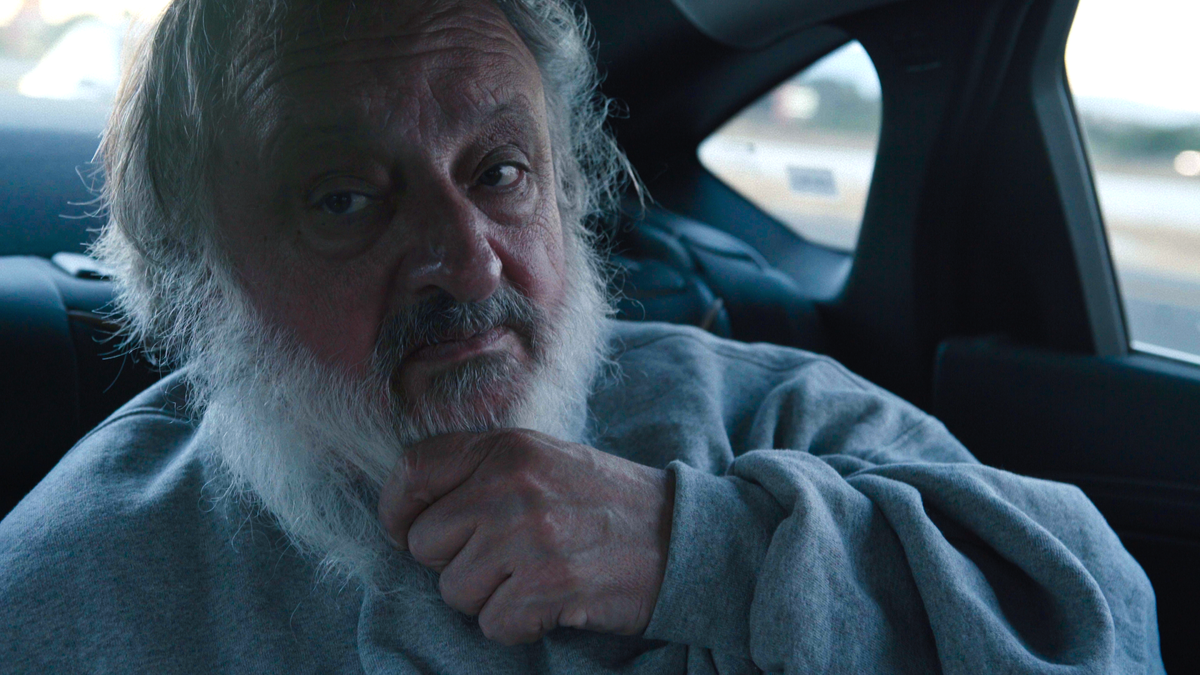
Michael Riconosciuto, a computer expert who claims to have knowledge of government covert operations, is pictured after documentary filmmakers pick him up from prison. He was jailed eight days after filing an affidavit regarding Inslaw's claims that the Justice Department intentionally bankrupted them and stole their software on drug charges he claims are false.
Ultimately, Treitz and Hansen told GQ, neither has decided whether Casolaro was murdered or committed suicide. By completing the documentary, the couple learned what Casolaro must have had and what may have led him to take his life.
CLICK HERE TO VIEW THE FOX NEWS APP
“You have to make a decision for yourself, and I did: will you go back to your normal boring life and enjoy little things like movies or barbecues instead of phone calls from the underworld?” she told the filmmakers Cheri Seymour, a writer and investigative reporter based in California, whose “The Last Circle” is about the reporting and Casolaro's death.
“I made a decision between learning the secret of everything, something I realized I would never do, or being happy and having fun,” Hansen said at the end of his 10 years of research and the documentary baffling and complicated enough to reflect his own narrative.

